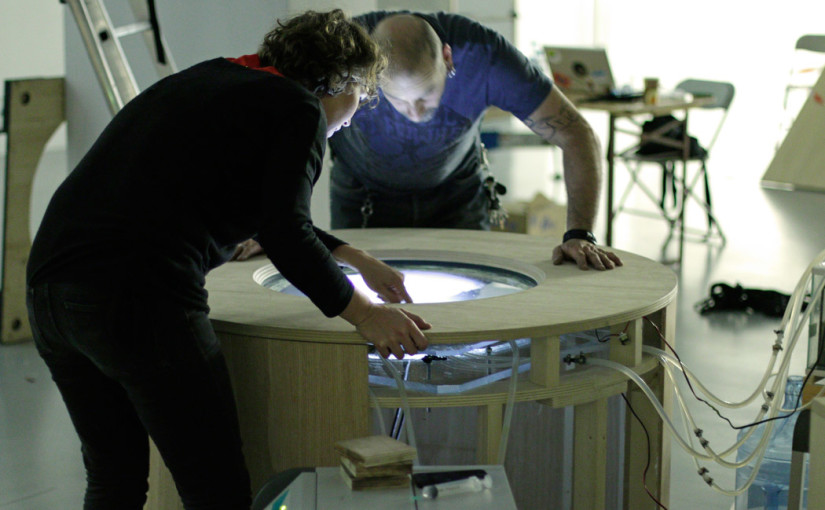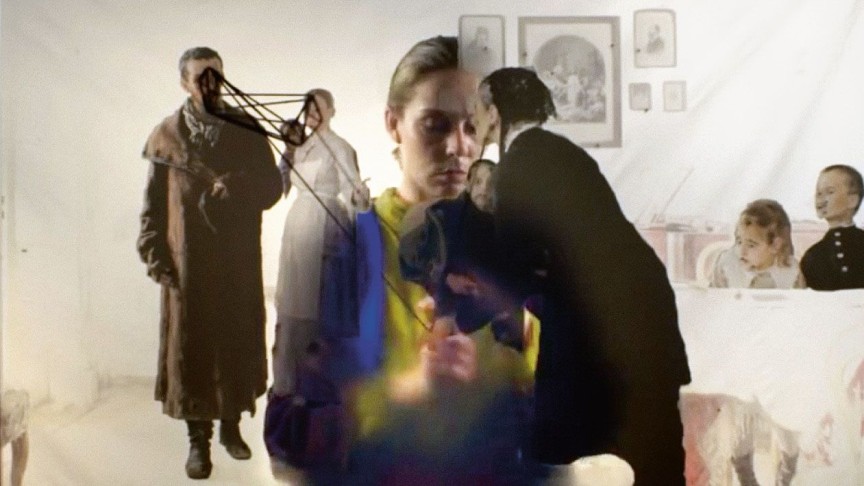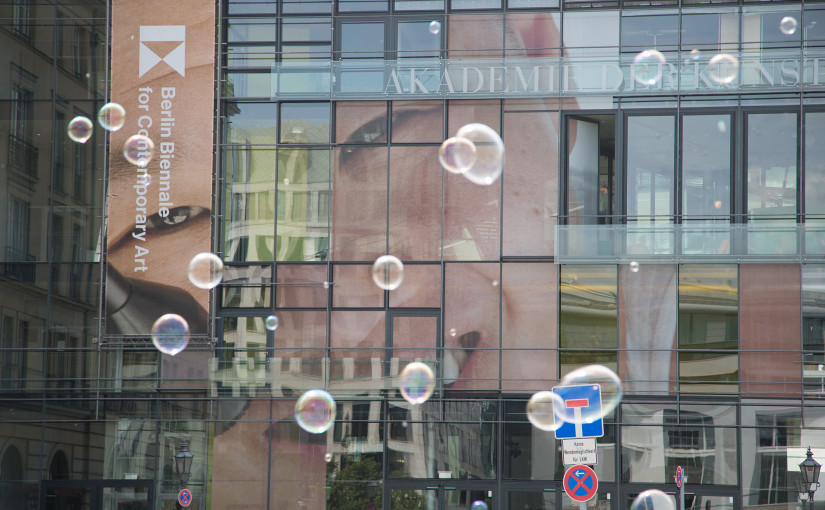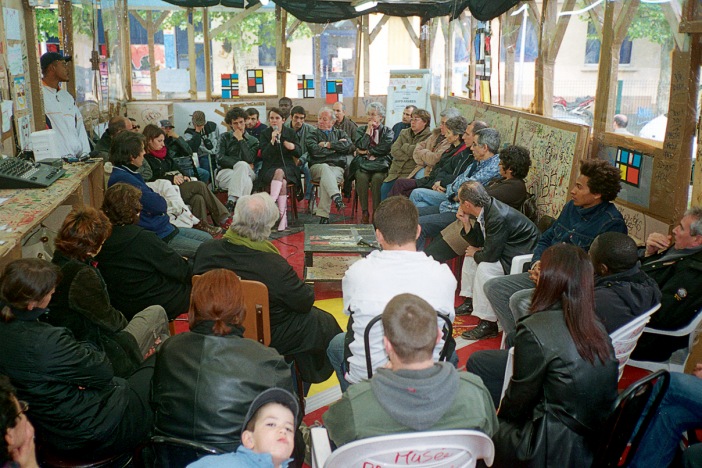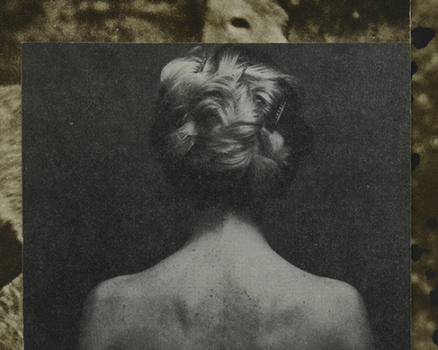
Comment rêver l’exposition ? Quelles formes, quelles figures, quels espaces occuperont l’exposition quand elle est rêvée avant (et pendant) d’être réalisée ? Quand le rêve n’est pas le sujet, mais le mode opérationnel de celle-ci ?
Suite à des séances de travail en étroite collaboration avec Barbara Breitenfellner, Displays et ses étudiantes-chercheuses Bettina Blanc-Penther, Inès Moreno et Fanny Terno, ont été développées des questions concernant l’exposition-installation et la possibilité d’expérimenter le hors- champ qui peut faire des expositions un espace de possibles.
En collaboration avec le CPIF et l’artiste, le groupe expérimentera une « recherche par l’exposition » in situ. Les membres du groupe habiteront pendant une nuit l’exposition au CPIF, expérimenteront celle-ci comme milieu qui influe de manière invisible mais viable les comportements, les pensées, et les rêves. Expérimentant en situation réelle les analogies entre rêve et exposition comme moments de songe, comme espace-temps suspendus tel un pas, ces habitant·es-chercheur·ses expérimenteront l’exposition-installation comme « temps du doute si je rêve ou suis éveillé » (Jean-Luc Nancy, Tombe de sommeil, Paris, Éditions Galilée, 2007, p. 56) durant une nuit en discutant, déambulant, dormant, filmant…
Enfin, un atelier de recherche public, « Comment rêver l’exposition ? », se tiendra en juin avec l’artiste et historienne d’art Stéphanie Jamet-Chavigny, spécialiste de « regards sur le sommeil ». Celui-ci aura comme objectif d’approfondir l’expérimentation de l’exposition. Il sera suivi par une rencontre dans l’exposition lors de laquelle Florian Ebner, chef de service du cabinet de la photographie du Centre Pompidou/MNAM, échangera avec l’artiste autour de cette question : « Comment exposer l’image ? ».







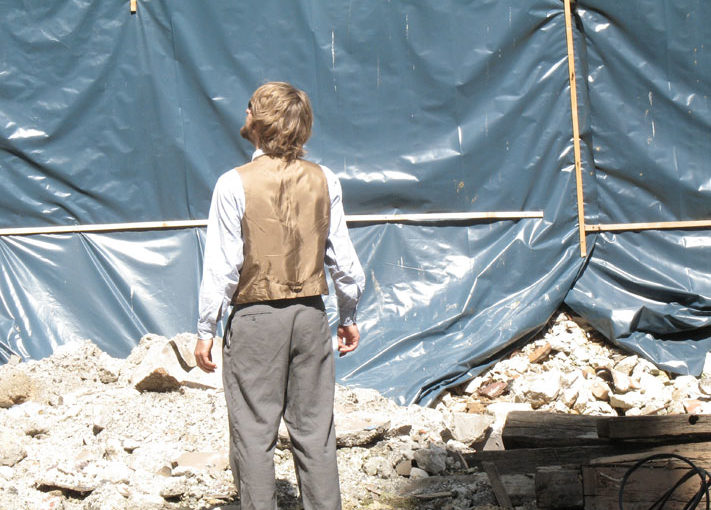












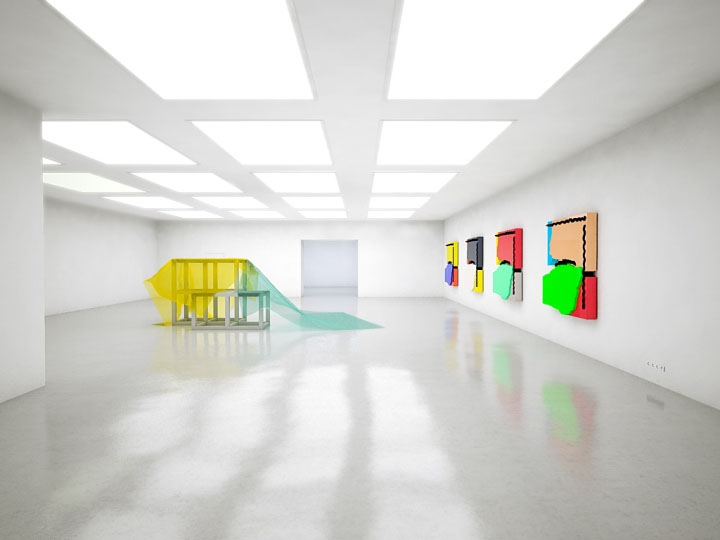

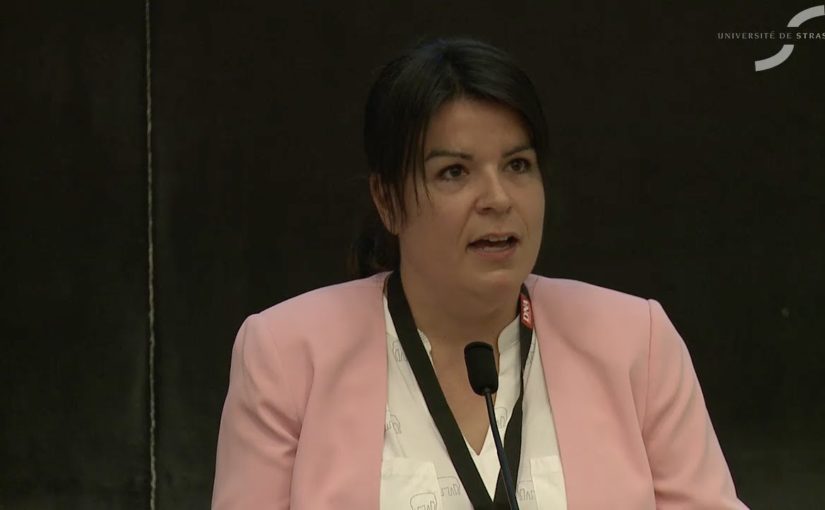





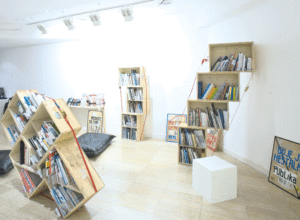


 Complete and exhaustive index of the exhibitions at NYC Museum of Modern Art (MoMA) from its fundation in 1929 to the present.
Complete and exhaustive index of the exhibitions at NYC Museum of Modern Art (MoMA) from its fundation in 1929 to the present.


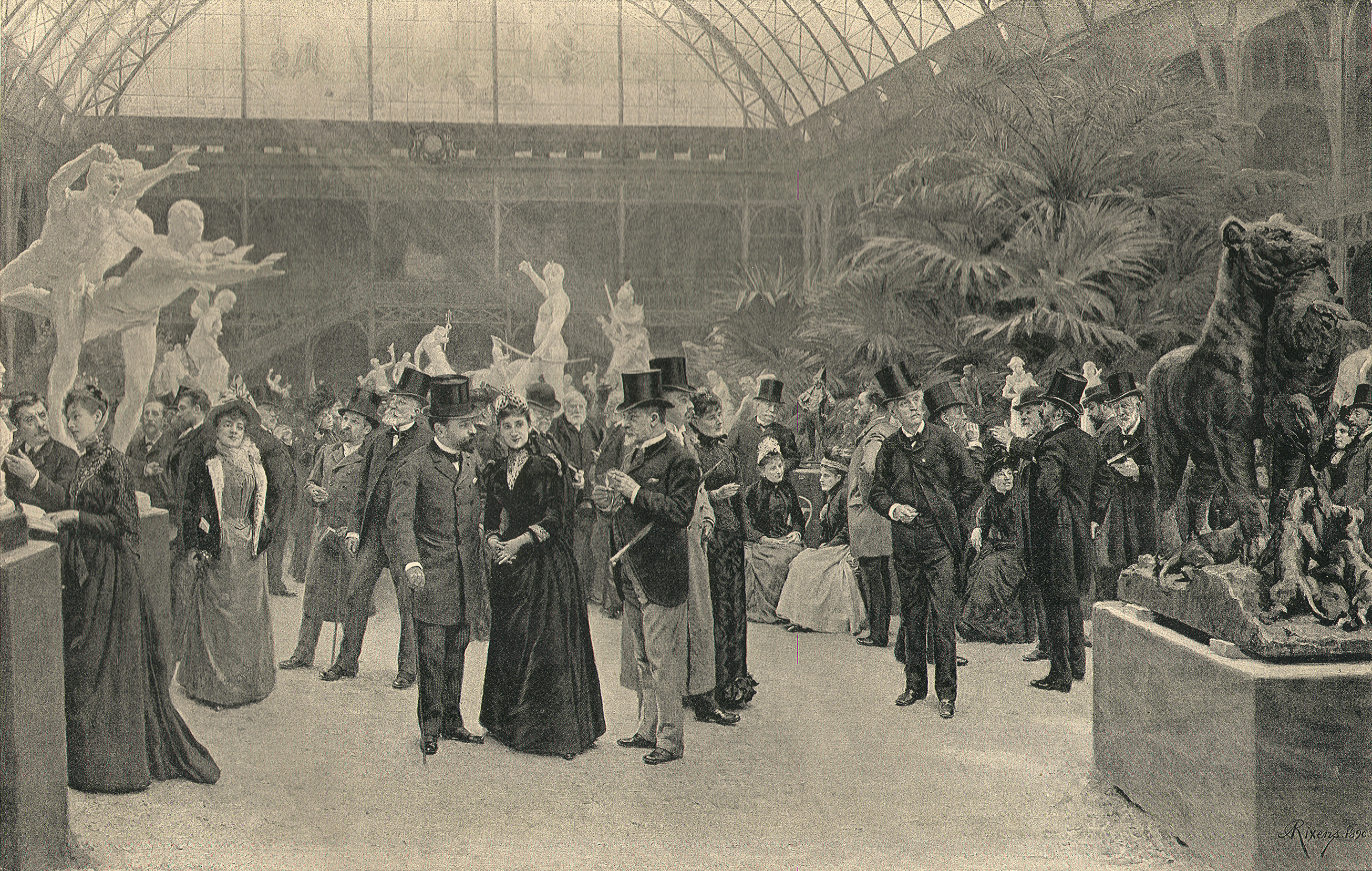
















 L’École du MAGASIN, fondée en 1987, constitue le pôle de formation du MAGASIN – Centre National d’Art Contemporain. Premier programme de formation aux pratiques curatoriales en Europe, elle est conçue pour procurer un environnement professionnel associant rigoureusement recherche et pratique. Durant neuf mois, les participants sont immergés dans l’environnement du centre d’art, bénéficiant ainsi d’une approche concrète des pratiques curatoriales et d’un cadre professionnel pour l’organisation de leur projet. En constante réflexion, l’École interroge le devenir des pratiques curatoriales et accompagne les jeunes professionnels de l’art face aux enjeux auxquels ils sont confrontés.
L’École du MAGASIN, fondée en 1987, constitue le pôle de formation du MAGASIN – Centre National d’Art Contemporain. Premier programme de formation aux pratiques curatoriales en Europe, elle est conçue pour procurer un environnement professionnel associant rigoureusement recherche et pratique. Durant neuf mois, les participants sont immergés dans l’environnement du centre d’art, bénéficiant ainsi d’une approche concrète des pratiques curatoriales et d’un cadre professionnel pour l’organisation de leur projet. En constante réflexion, l’École interroge le devenir des pratiques curatoriales et accompagne les jeunes professionnels de l’art face aux enjeux auxquels ils sont confrontés.






